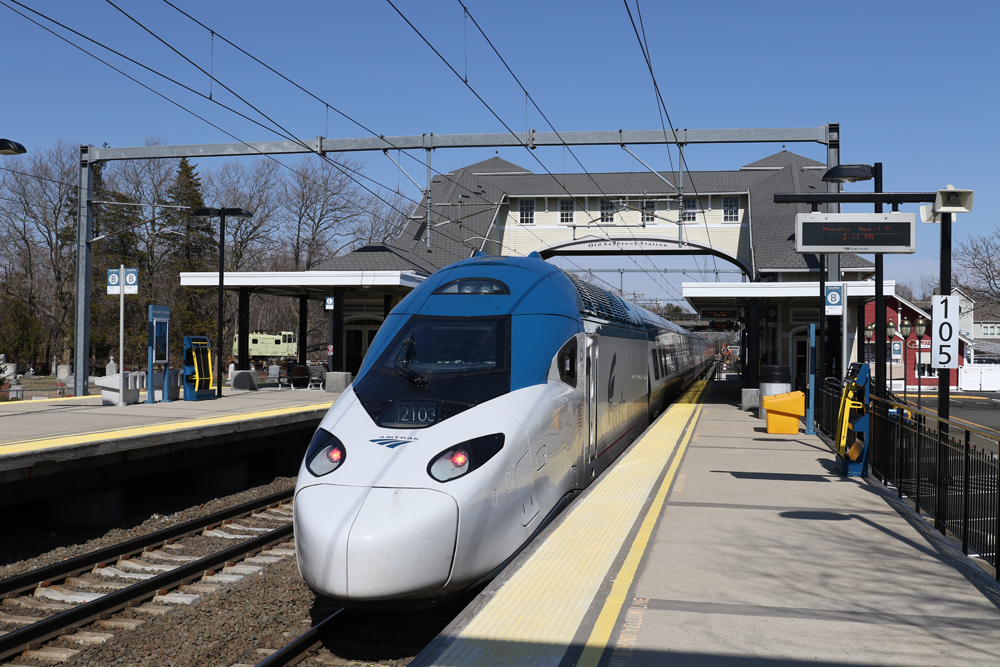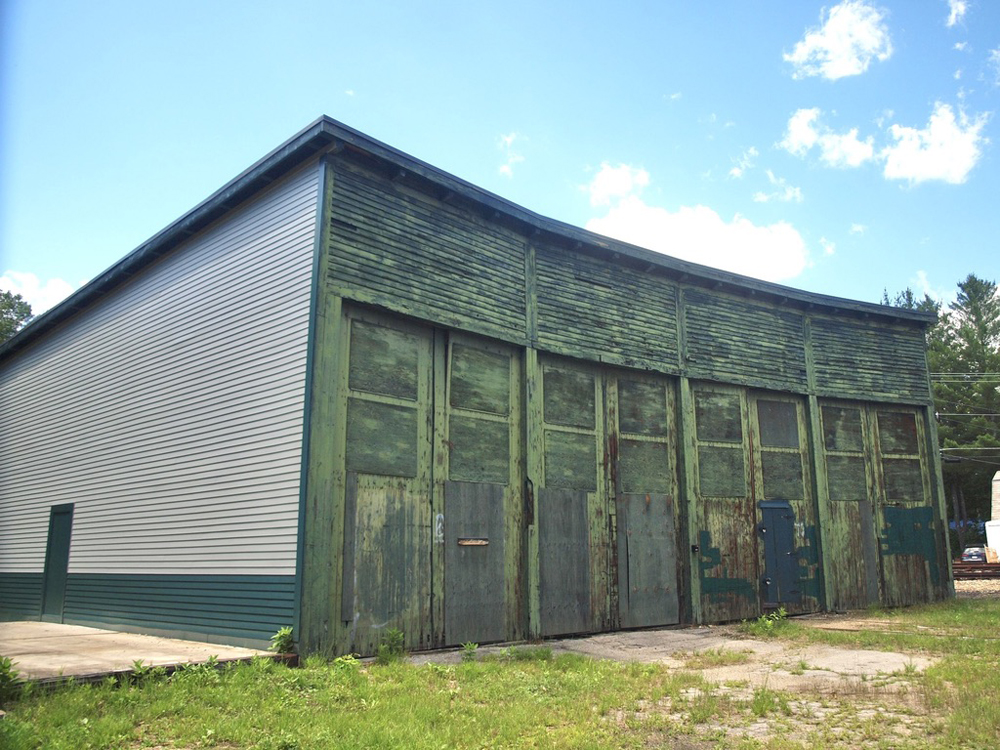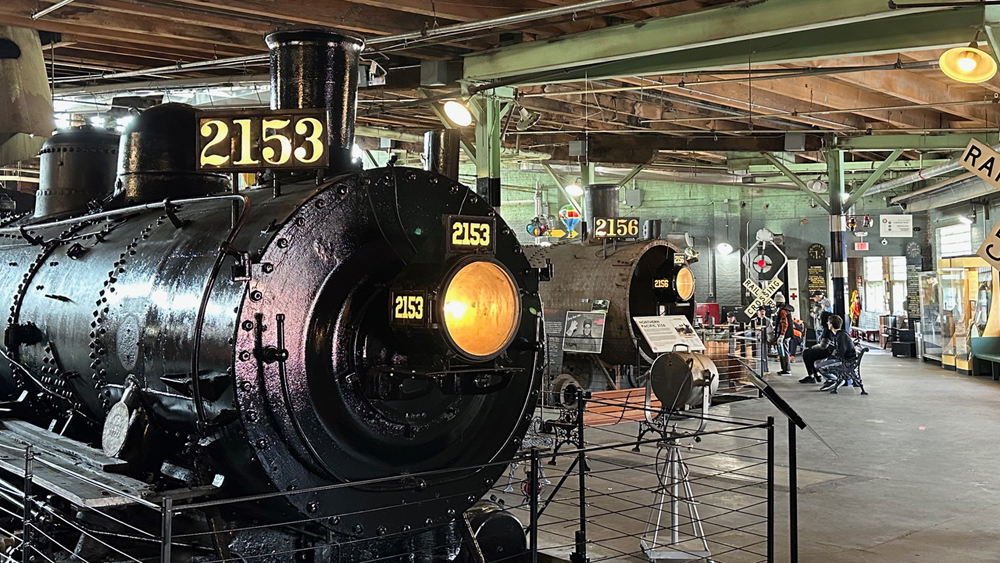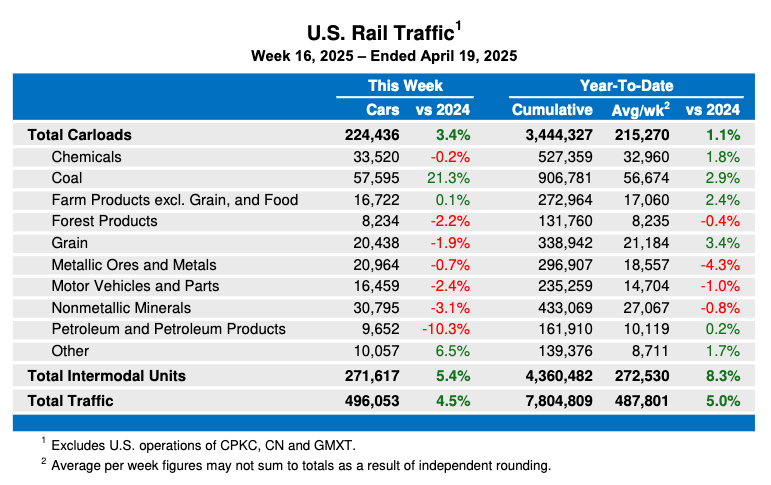
WASHINGTON, D.C. — Debut of Amtrak’s next-generation Acela trains will be delayed by a year because of modifications needed to make the train compatible with Northeast Corridor infrastructure, the Washington Post reports.
The first of the 28 new Alstom trainsets had been expected to enter service this year, but the debut is now projected for spring 2022 as a result of modifications to the catenary system. The train’s pantograph would lose contact with the catenary wire and could not reach top speed, according to an official involved with the project. Modifications to solve the problem have required additional testing, computer modeling, and simulations. Those tests “have been an extended affair,” says Larry Biess, Amtrak assistant vice president of mechanical, adding several months to the timeline to deliver the equipment.
The aging, curvy nature of the Northeast Corridor has presented problems that the Avelia Liberty trainsets not faced by their European counterparts, he said. Pandemic-related problems have also added to the delays.
Amtrak announced a $2.45 billion deal with Alstom to build the new trainsets in 2016 [see “Amtrak, Alstom reach $2.45 billion deal …,” Trains News Wire, Aug. 26, 2016]. The first completed trainset exceeded the planned top speed of 160 in testing in Colorado (see “New Aclea reaches 165 mph …,” News Wire, May 22, 2020); the second began testing on Amtrak lines in the Northeast a little over a year ago [see “News photo: New Acela makes test run …” News Wire, May 28, 2020].














Maybe I’m wrong but the old Acela trains don’t seem to have such problems. Did anyone try to use one of those pantographs on the new train sets?
As this was a issue with the originals, and as the Baltimore Power Director during most of the tests at night, I can’t believe the morons didn’t keep this in mind. CT overhead is a overpriced joke and it’s doesn’t work as well as told. Single arm pans can’t maintain the proper tension compared to 2 arm pans. And Amtrak going to air raised, spring lowered pans just made it worse. they should have stayed with the PRR Spring raised air lowered types.
To repeat someone else’s question, a problem comes up causing a year delay. An incompatibility with the NEC cat. Which led to the question – how could the builders not know of the issue from the 1st gen Acela’s, and how they handled it? After all, gen 2 is only going a little bit faster then gen 1’s operational (not actual) top speed.
If Amtrak knew it had a problem with existing Acela equipment over stretches of NYP to WAS, then they also knew it would affect the new Acela equipment – but probably “hoped fo the best” with newer technology train-sets. But it sounds like they took a step backward – apparently the Aviela [sp] equipment can’t even match the current Acela sets for speed on the old “Broad Way”.
I live in the New Haven area and have heard stories about the first GG1s sent up into NH service – there were “coast through” sections along the route to NHV where electric “zones” met, as well as unwired short bridge sections where the pantograph had to be collapsed momentarily. Apparently the GG1 crews wrecked a few pantographs learning the route.
All – For an excellent, in-depth explanation about what is going on with not only the catenary but the entire new Acela fleet, see an article written by the Editor of Railway Age, dated today, entitled “New HSR NEC Trainsets Delayed. Amtrak Explains.”
All that money and they find these things out after the fact.
Seems a little embarrassing.
Government strikes again
Somebody needs to learn how to use a ruler.
I knew that – without a college education.
Jerry Pyfer
The old (1935-era) fixed-tension catenary between NYC and WAS is the culprit. Even the present Acelas can do no more than 130 or so except for a small segment between New Brunswick and Trenton, where they can go 145 for a short distance (re-designed fixed tension) and up to 160 for another short distance (constant tension, weighted al la Europe and NHV-BOS). Until a major, long-term rebuilding takes place, then other than the above named segments, 160 mph will be for short stretches in New England only.
AL and others – thankx for these comments. I don’t recall NEC catenary engineering ever being a subject in TRAINS-MAG …. actually very little has been written in TRAINS about NEC improvements (or lack of improvements). Obviously I’ve seen the counterweights New Haven to Boston but prior to today (this comment section) never understood them.
Because GG1’s were able to run up to New Haven after Penn Central took over the New Haven, NEC catenary always seemed to be of a type. Apparently it isn’t.
Charles – Not to get too far into the weeds here, but the New Haven catenary was older than the Penn’s and of a different design, but it accomodated the PRR GG 1’s. The New Haven guys could expand on this, but I don’t think the PRR, in return, allowed the NH EP 5’s to venture beyond NYP, perhaps for other reasons.
The PRR catenary was in some places higher than NH catenary. PRR locomotive pans (but not all MP54 MU cars) could reach that high but NH pans could not. The NH EP-5’s converted to PC E-40’s got one high wire pan in place of two NH pans.
The GG1’s on ex-NH track had problems with the movable bridge at Cos Cob. The bridge does not have catenary and the wire went high enough that it could capture a NH pan after it crossed the bridge and bring it down. The PRR pans went up too high and were speared and torn off. PC eventually raised the wire so it worked with PRR high wire pans.
There needs to be a lot more transparency about the actual incompatibility. General bafflegab statements such as “modifications needed to make the train compatible with Northeast Corridor infrastructure” lead one to wonder what the what the heck has happened. You design and build a trainset for the NEC and then you need to make it compatible after you build it:-(
By the time these bozo’s get things corrected, this will be old technology!
If you watch European “cab rides” on U-Tube, you will notice that all the catenary in the European countries is counter-weighted to maintain tension, and further, in track curves the catenary remains in straight “chord” stretches, not curved with extra support wires like the PRR installed. In addition, the catenary is horizontally diagonal through each run between supports, so the wire and pantograph contact points constantly move. In other words, the wire is not centrally located in a vertical plane parallel to the rails.
Counterweighted sections are short and appear to be only about ¼ mile long; the pantograph transitions from one section to the next over a short piece where two wires are located in the transition area.
I believe when the wires were strung for the NHV to BOS area in the late 1990s, they used fully counterweighted catenary sections; this area is likely not an issue with the new Acela, as the current Acela reaches 150 MPH over parts of that territory without issue.
I agree and I remember this discussion not only when the catenary was extended to Boston, but in the 1960’s when the original high-speed tests were conducted between Trenton and New Brunswick, leading to the Metroliners. Those tests left the catenary engineering alone, but did result in a thickening of the trolley wire, according to PRR people who were there. The question remains as to how the current Acelas manage to negotiate the old PRR catenary at 130 mph or so, but there is some undisclosed problem with their replacements.
Unbelievable. Or perhaps not. It seems that almost every time a contract is let for passenger-carrying railcars and even locomotives be they transit, commuter, or intercity, major problems surface during construction or on the eve going into service or shortly after going into service. We’ve seen it most recently with the CRRC Orange and Red Line subway cars for MBTA. The order with Hyundai-Rotem for bi-level commuter cars of a few years ago, also for MBTA, sustained production delays and then the cars needed fixes after going into service. It’s almost as if the anti-transit and Amtrak/let’s build more highways and airport forces at all levels of government and at the Right Wing think tanks, have cast a curse. I sure hope my “alma mater”, Metra, doesn’t suffer something similar with their order with Alstom for true bi-levels to replace at least all the gallery cars inherited from the likes of the Rock Island, Burlington, and Milwaukee Road.
MARK – Are there Milwaukee and Rock Island gallery cars still in service? I should think only the Burlington and maybe some CNW cars survive. That I know of only the Burlington cars were stainless steel.
So the engineers did not model the NEC catenary when designing the train sets? Wow!
Could someone with knowledge explain why the pantograph-catenary dynamics were different between the existing Acela trainsets and the new ones, leading to this issue? Slightly higher speeds in certain areas?
Could someone explain why the profile of the cab car doesn’t match the profile of the coaches? (A long-known issue visible in the photo.) Looks terrible.